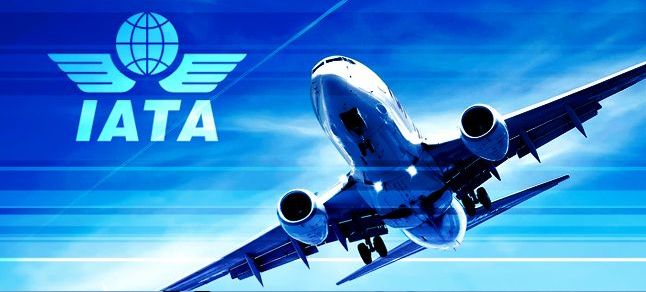In a year of upheaval and discontent at least one story sparkled: “Air travel was a good news story in 2016,” asserts Alexandre de Juniac, Director General and CEO of the International Air Transport Association.
New routes and low fares helped prompt a record number of people to fly.
“Three-point-seven billion of them flew safely to their destination,” says the IATA chief. Airlines forged some 700 new routes, linking the world ever more closely, this as average roundtrip airfares fell by US$44.
And the show isn’t over yet. Juniac says,“Demand for air travel is still expanding. The challenge for governments is to work with the industry to meet that demand with new infrastructure,” Translation: we need more runways, new terminals and new airports to cover demand.
By the numbers, total international passenger traffic skyrocketed 6.7 percent compared to 2015. Capacity—essentially seats and flights—rose by 6.9 percent. Load factors—the percentage seats filled by paying passengers—fell by just a whit, to 79.6 percent. Here is a breakdown of international activity by region:
Buoyed by the likes of Emirates, Etihad andQatar the Middle East saw the most robust growth of all regions: 11.8 percent.
As it has been for a while now, Asia-Pacific was robust. Demand there increased by 8.3 percent compared to 2015.
Despite what IATA calls “some economic and political uncertainty” traffic was up by 7.4 percent among Latin American carriers, even as Latin airlines put on 4.8 percent in capacity.
Not since 2012 has activity been as strong in Africa, where determined demand for seats to and from Asia and the Middle East means international traffic among that continents air carriers shot up 7.4 percent. Capacity precisely matched demand.
In Europe, international traffic climbed by 4.8 percent in 2016, this while seat capacity gained 5.0 percentage points.
Bringing up the rear in terms of international air traffic was North America, whose driving force was the United States. Traffic demand inched up by just 2.6 percent last year. Despite the ongoing consolidation of carriers in the region capacity rose 3.3 percent. Had it not been for strong passenger demand for seats on the transpacific the numbers here would have been even softer.
That’s’ the scene as far as international air traffic is concerned. IATA says domestic air travel grew by a healthy 5.1 percent, on average. Interesting to note here that all major markets, save for Brazil, showed some growth.
The International Air Transport Association represents some 265 air carriers all told. Together they account for 83 percent of global air traffic.
























